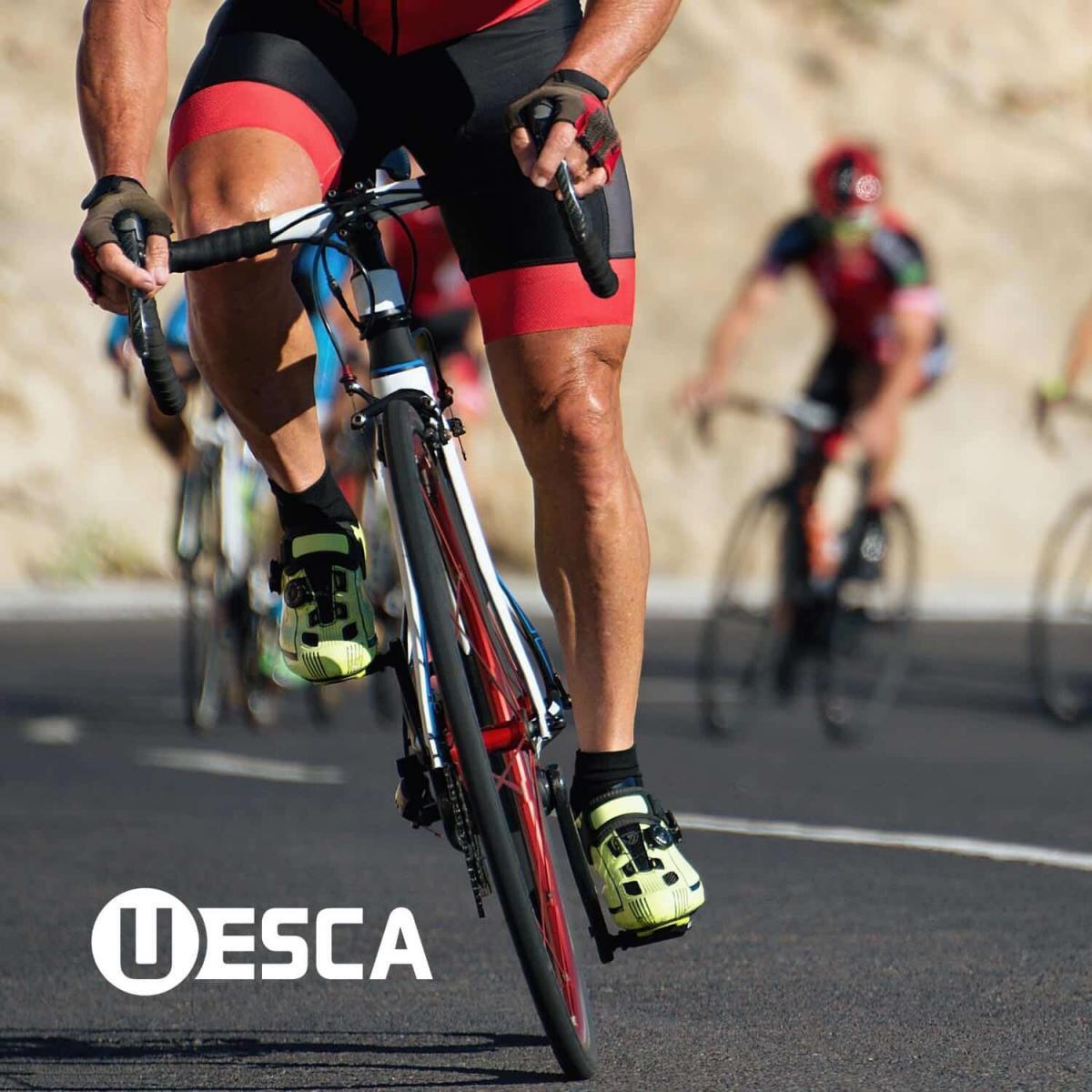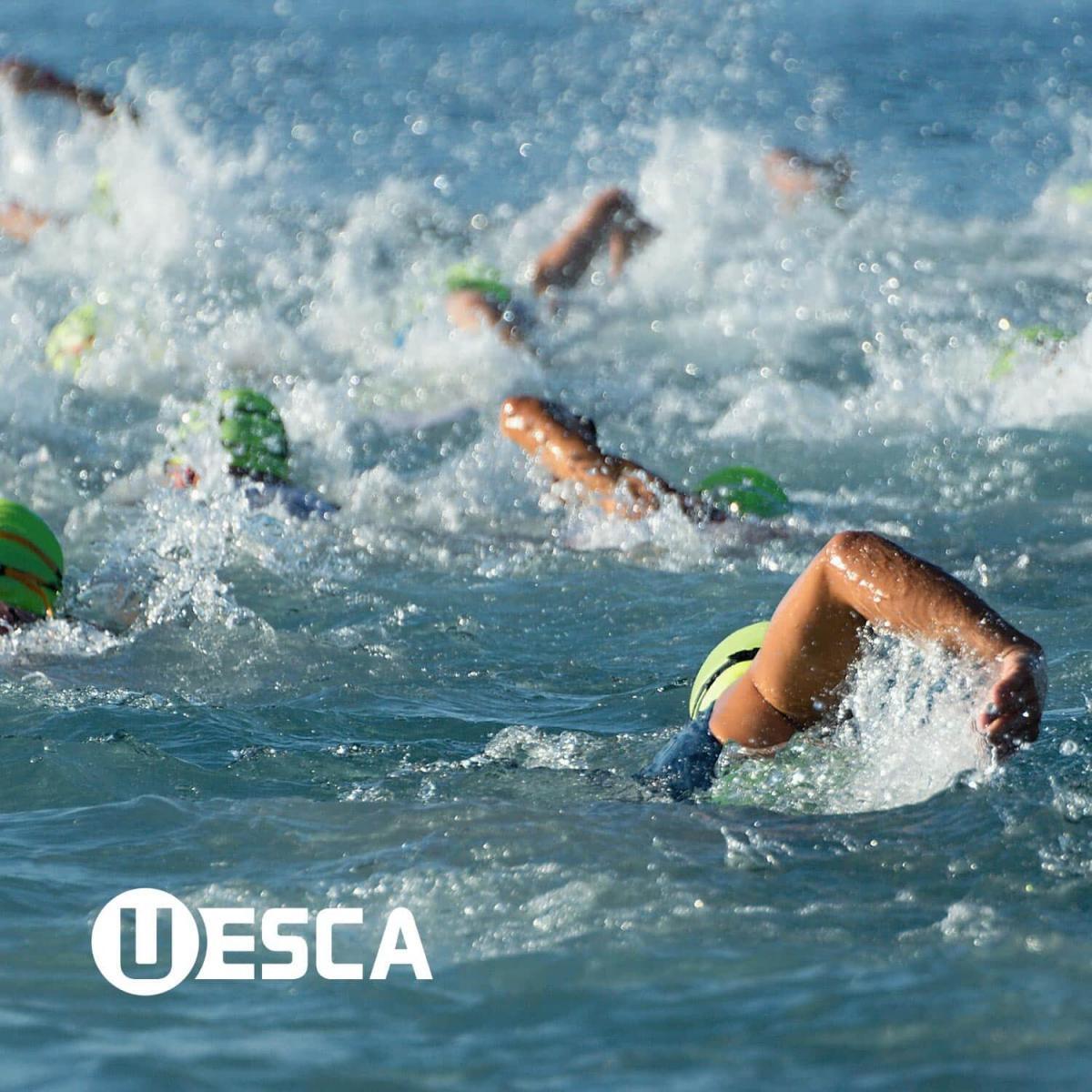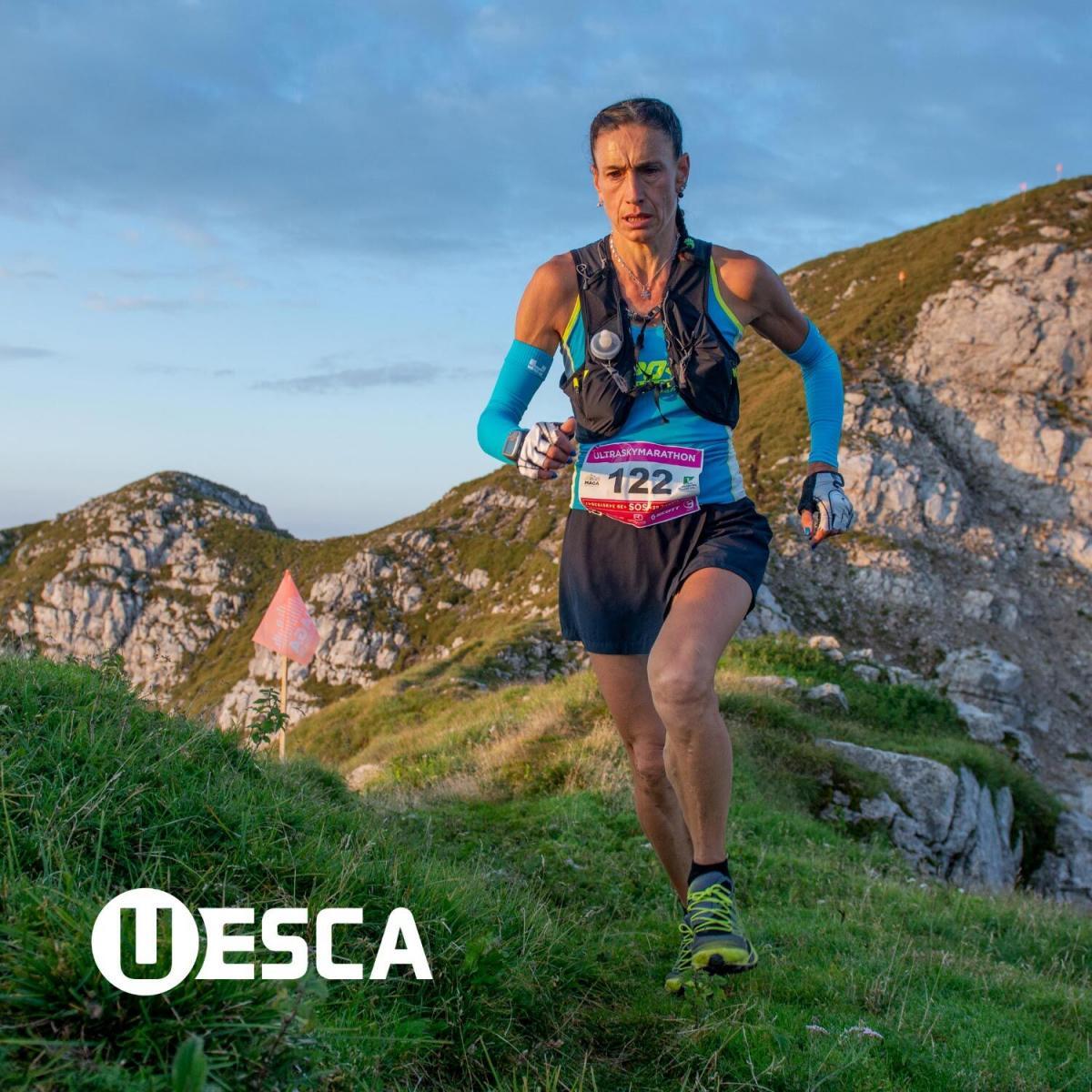To understand pacing, we need to first understand fatigue. While we’ve all felt fatigue, what is really going on within the body to regulate our effort? We cover it here with a great overview of fatigue.
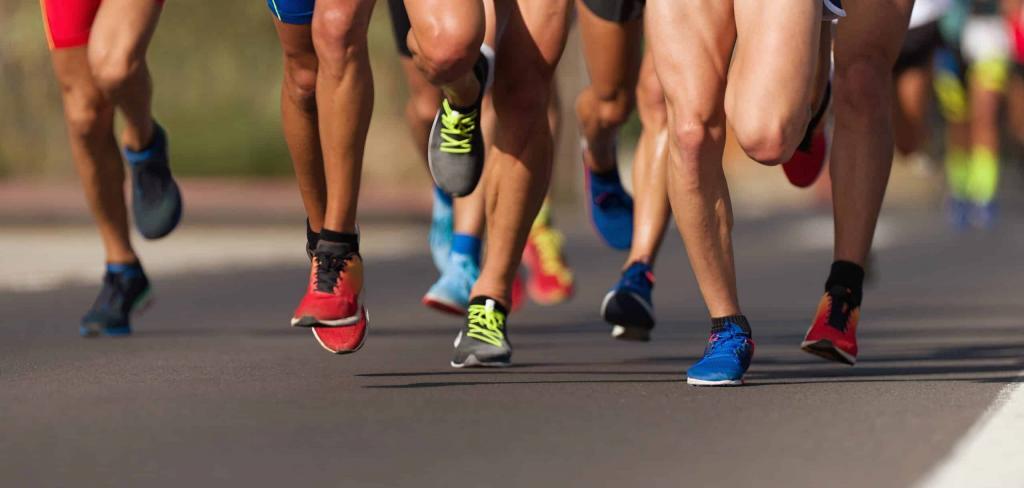
Risk based pacing is an important part of all endurance sports, whether it be a single discipline event (i.e., half-marathon) or a multi-discipline sport (i.e., triathlon). Risk based pacing is perhaps one of the most important things to master, as it can be the difference between finishing strong and dropping out. The general theme with pacing is:
Start Conservatively, Finish Strong
The longer the event, the more applicable this theme is.
As there is so much to be discussed on this topic, we are going to break this down into two separate blogs. For this week, we will focus more on the science and physiological components with training and race day. In our following blog, we will break it down more to mental components with developing a pacing strategy as well as training devices that can assist with setting the right pacing strategy for you.
Overview
Pacing is often a difficult concept to grasp for new endurance athletes or endurance athletes transitioning from one sport to another (i.e., marathoner to triathlete). The best way to appreciate pacing is to consider the cost/benefit ratio. Too high an energy expenditure (cost) and the benefit (result) will decrease overall. Too low of an energy expenditure and the result will decrease as well. In order to perform optimally, the energy expenditure needs to be not too high and not too low. In other words, being an efficient athlete is a function of balance.
Race pace is determined during training and based on assessments of your fitness level. Correlating your effort level, such as LT to assessment methods (i.e., heart rate, power, stroke count, RPE, etc.), will enable you to track your pace throughout an event.
For example, while you might want to break 10 hours for a full distance triathlon event, if you can only average 14 mph on the bike, this is not a feasible goal. Assuming you have a time goal, the goal must be realistic.
Using triathlon as the example, when participating in a race, unplanned events can occur—such as swimming off course, flat tires, and bathroom breaks, just to name a few. It is imperative that you not exceed your planned pace after being delayed. Deviating from the planned pace almost always ends in a slower overall time.
Smooth and steady is always the better pacing option than erratic and punchy. The more erratic one paces themselves, the less efficient they will be. For example, while it might seem faster to sprint up the hills and recover on the downhills of a hilly bike or run course, this will likely result in a slower time than a competitor that kept their effort constant. This does not mean that you should not push harder in some sections of a course, but the efforts need to be calculated to ensure the overall pace is sustainable for the duration of the event.
While specific to cycling, a study that examined power output during Olympic distance triathlons found that large power variations equated to a higher overall workload versus cycling at a constant power output. Additionally, a study by Rapoport found that running at a constant pace is the most efficient pacing strategy. However, Rapoport noted that in order for running at a constant pace to be the most efficient strategy, the terrain must not vary. Most outside courses have some sort of terrain variation. In these cases, the most efficient way to run is not at a set pace, but rather at a set level of exertion or effort.
Ideally, you will have had time to train on or drive the bike and run courses, if not, becoming familiar with a map of the course will suffice. More specifically, it is important that you know the course profile of a race.
The image below shows various pacing strategies. Of the four strategies, only the orange and black are recommended.
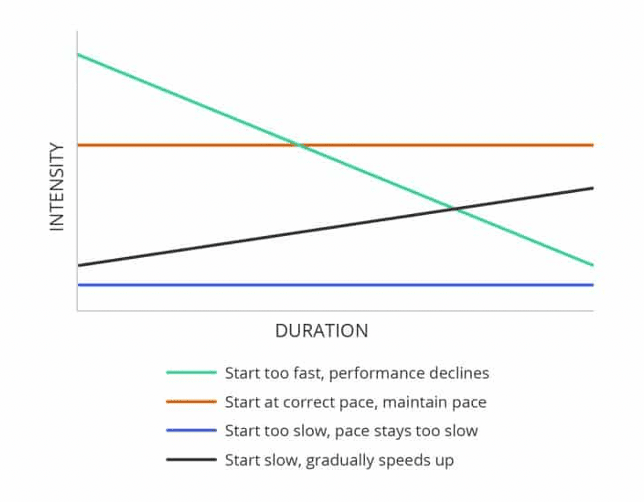
Self-Regulation: Mind or Body?
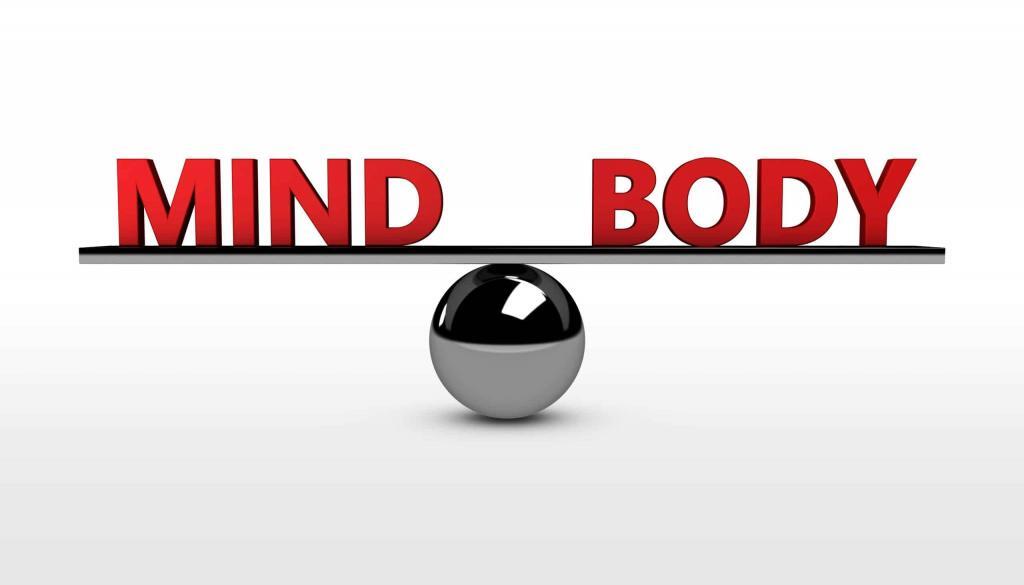
Intensity and fatigue are invariably linked to endurance sports training and, thus, pacing. The longer and/or more intensely an individual continues to exercise past the initial sensation of muscle tightness, the more fatigued the person will become. If exercising to an extreme level, eventually the level of performance will decrease, and if continued long enough, exercise cessation will likely occur.
The human body regulates itself to ensure survival and to operate efficiently. What is up for debate is the exact means by which the body regulates itself and to what extent.
Fatigue
Fatigue is a catchall term that is used in many different contexts. For example, fatigue can be used to denote mental or physical stress. Additionally, the exact definition of fatigue is also up for debate. Some view fatigue as a progressive process that begins at the onset of exercise while others view it as the involuntary end point of an exercise bout. Causes of physical fatigue likely differ based on the mode of exercise and its duration and intensity.
Physiological changes that occur within a motor unit in regard to muscular fatigue are termed peripheral fatigue (PF). This is considered the traditional model of fatigue. For example, if when running the quadriceps begin to “burn” and fatigue, this is indicative of a buildup of acidity within the muscle, which slows the runner and possibly causes the runner to stop. In other words, the physiological changes that result in fatigue are isolated to specific, local muscle motor units. To review, a motor unit comprises a motor neuron and the muscle fibers that the neuron influences (innervates). Below is an example of peripheral fatigue.
CAUSE: Running uphill
RESPONSE: Buildup of intramuscular acidity – causing muscle burn
EFFECT: Runner slows or stops to recover
The opposing model of fatigue is termed central fatigue (CF). Central fatigue is the result of events within the brain and spinal cord. Central fatigue and, more specifically, the central governor model (CGM) are discussed in the next section.
Central Governor Model (CGM)
The central governor theory focuses on the role of the central nervous system monitoring physiological signals during exercise, with the premise that the brain is in a state of constant monitoring and will prevent overexertion to the point of physical detriment or death. “It is hypothesized that physical activity is controlled by a central governor in the brain and that the human body functions as a complex system during exercise.” This theory claims that the brain is the ultimate regulator, i.e., the central governor, of all physical and physiological systems and regulates physical exertion and exercise through monitoring and subsequent regulation controls, for the ultimate purposes of preventing serious bodily damage and/or death. The central governor theory largely ignores conscious psychological processes such as motivation of self-determination, and labels event such as fatigue through subconscious awareness,” Fatigue is a sensation that results from the conscious perception and interpretation of subconscious regulatory processes in the brain, and is therefore not the expression of a physical event” with the idea that the brain will override any other system to limit physically pushing past one’s physiological limits.
Timothy Noakes is largely credited with the central governor theory in 2005, however, the original idea was proposed by Archibald Hill as early as 1924.
Critics of the central governor largely posit the role of mediating factors of a number of psychological variables (including motivation and conscious control), alongside with citing a number of examples of athletes who have experienced “physiological catastrophes” during sport, thus providing evidence of the ability to override the purported monitoring mechanism of which the central governor gets its name.
CGM in Regard to Pacing
“The brain determines the number of active motor units based on a pacing strategy that will allow completion of a task in the most efficient way while maintaining internal homeostasis and a metabolic and physiological reserve capacity.”
The existence of a central governor in respect to the CGM likely has ramifications regarding the definition of many physiological events and terms. By definition, VO2 max represents an individual’s maximal capacity to transport and use oxygen during exercise. However, under the CGM, an individual’s VO2 max does not represent the maximal capacity to transport and use oxygen, but rather the central governor determines this. While some may view this difference in definition as a nuance, physiologically speaking, the distinction is substantial because of its implications.
A study by Karlsson and Saltin noted that performance decreased prior to complete glycogen depletion. There is very limited evidence to support physiologically why this occurs. As such, a decrease in performance prior to total glycogen depletion may be associated with CGM.
Psychobiological Model of Endurance Performance
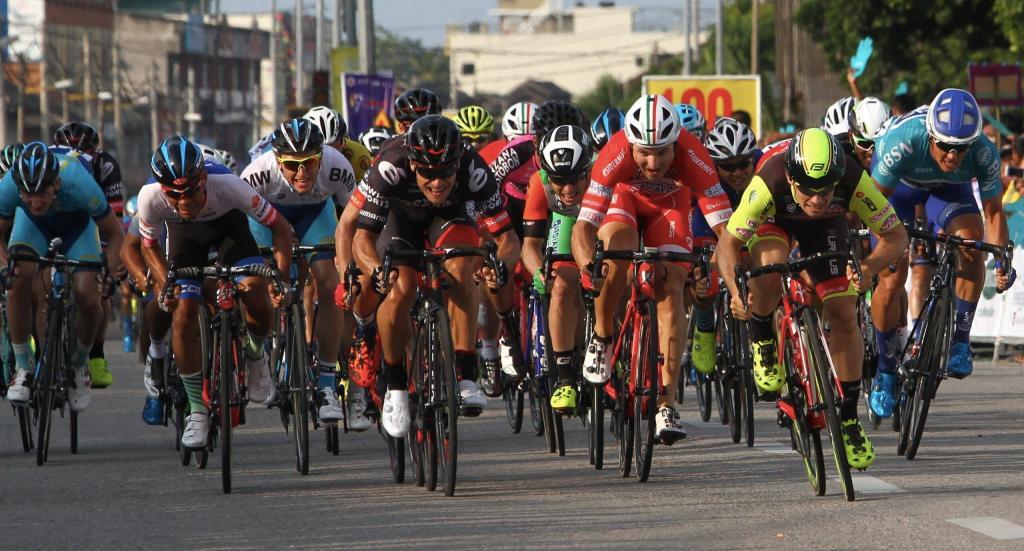
The Psychobiological Model of Endurance Performance is the newest development in the theoretical understanding of limiters to performance, and gives increased attention to the role of psychological factors, including cognitive perception, motivation, and willingness. This model considers the decisions to slow, stop, continue or accelerate in endurance-based tasks as being a highly conscious process of decision making, intensity regulation, and behavioral regulation, even going so far as to make their declarative statement, “The psychobiological model of endurance performance proposes that perception of effort is the ultimate determinant of endurance performance. Therefore, any physiological or psychological factor affecting perception of effort will affect endurance performance.” The basic tenets of this model are being examined by researchers in a number of different applications and even helped spawn the book, Endure by Alex Hutchinson.
This model is largely based largely on Brehm’s Motivational Intensity Theory, which consists of two main aspects of motivation: potential motivation and motivational intensity. Potential motivation is the maximum amount of effort a person is willing to expend in order to reach a goal, whereas motivational intensity is the amount of effort that a person will actually exert. Of critical importance, this theory suggests that people will continue to engage in a task with the same level of intensity as long as they view their goal as remaining possible.
The psychobiological model suggests that an athlete will stop not necessarily when they reach a limit of physiological capacity, but rather “when the effort required by the tasks exceeds the greatest amount of effort that the individual is willing to exert during the task (motivation) or when maximal effort is considered to have occurred and continuation of the task is perceived as impossible.” Therefore, motivation alongside perception of effort become the ultimate determinants guiding an athlete’s decision making in endurance sports in this theory.
Perception of effort is largely mediated by cognition, cognitive appraisals (i.e., how one is thinking about the physical experiences they are having) and self-talk, the latter of which can function through either instructional or motivational channels.
Summary
It is clear that pacing is not just a function of the body, but also the mind. Additionally, pacing is very much associated with goal setting and risk management. As there is still a lot of information to cover regarding risk-based training and pacing, in the next article, we will go over pacing variables and strategies to have a success race day!
Sean Begley is an advisor and contributor to United Endurance Sports Coaching Academy (UESCA), a science-based endurance sports education company. UESCA educates and certifies running, ultrarunning and triathlon coaches (cycling and nutrition coming soon!) worldwide on a 100% online platform.


